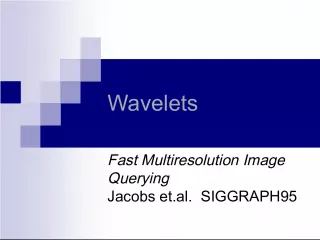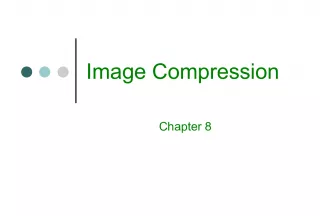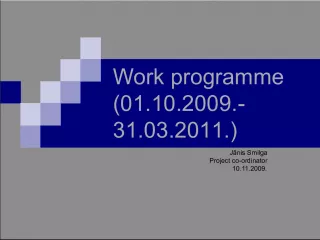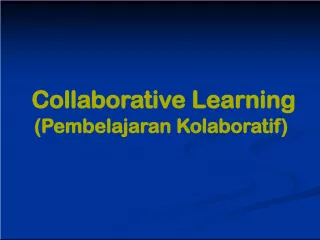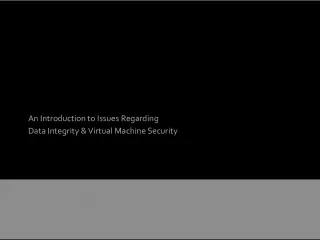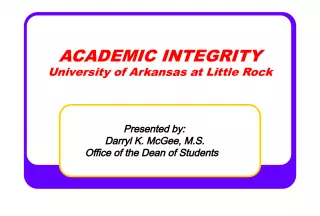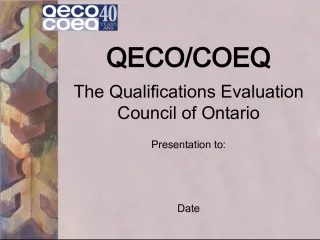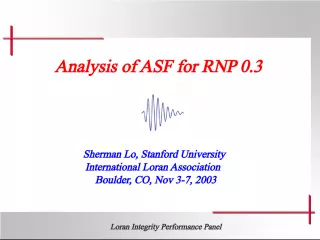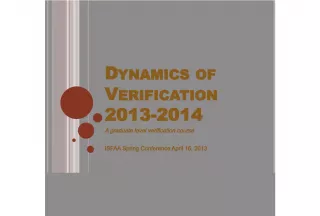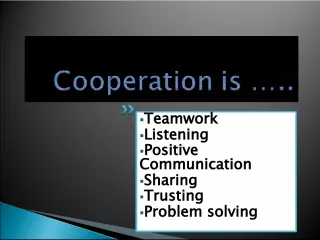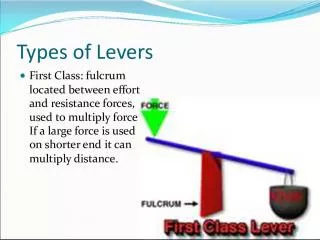Maintaining Positive Image and Program Integrity in Sara Sack National Collaborative for AT Reutilization
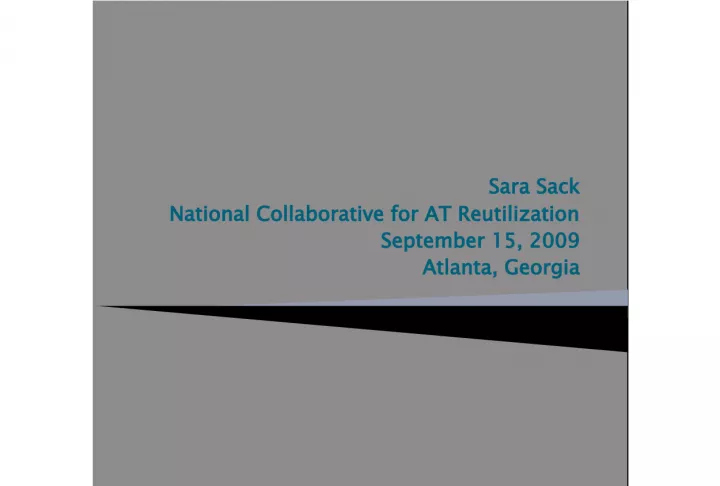

Explore ways to preserve the reputation and program standards of Sara Sack National Collaborative for AT Reutilization during the September conference in Atlanta, Georgia.
- Uploaded on | 0 Views
-
 fedora
fedora
About Maintaining Positive Image and Program Integrity in Sara Sack National Collaborative for AT Reutilization
PowerPoint presentation about 'Maintaining Positive Image and Program Integrity in Sara Sack National Collaborative for AT Reutilization'. This presentation describes the topic on Explore ways to preserve the reputation and program standards of Sara Sack National Collaborative for AT Reutilization during the September conference in Atlanta, Georgia.. The key topics included in this slideshow are . Download this presentation absolutely free.
Presentation Transcript
1. Sara Sack National Collaborative for AT Reutilization September 15, 2009 Atlanta, Georgia
3. Maintain positive image and program integrity ◦ We came close to becoming known as a recycling program! Don’t accidentally “give away” your program—keep your program brand Make sure contract/obligations of any collaborative efforts are financially worth the effort ◦ Don’t spend 30K to earn 20K. Remember to calculate staff time and program costs.
4. Survey of 1,414 recipients of personal care services regarding DME purchases (Carlson and Ehrlich study, 2002) ◦ 37% Self funded ◦ 18% Medicare ◦ 16% Private Insurance ◦ 5% Medicaid ◦ 5% Veteran’s Administration ◦ 2 % Vocational Rehabilitation
5. Answer may be different depending on the definition of AT ◦ If you ask the question for technology costing over $1,000 ◦ And if you consider the technology by category and population (adult versus child) Note: these are exactly the questions that we need to ask to examine Return on Investment questions
6. A major DME manufacturer and supplier works on the premise that wheeled mobility and seating is paid for by: ◦ 29% Medicare ◦ 28% Medicaid ◦ 21% Private Insurance (including managed care) ◦ 7% Veteran’s Administration ◦ 3% Vocational Rehabilitation ◦ 12 % Other
7. 2009 survey of 10 DME suppliers in Kansas of equipment costing more than $1,000 Source Range Average Weighted score Medicare 80-33% 56% 9.9 Medicaid 55-10% 19.7% 6.9 Private Insurance 25-4% 11.2% 6.8 Other 38-2% 9.4% 6.2 Self Funded 10-1% 2.3% 3.8 Voc. Rehab 3-2% .7% 1.8 Veteran’s Admin. 5-2% .7% 1.8
8. Potentially a very large group ◦ DME Suppliers ◦ Schools ◦ Independent Living Centers ◦ Specific health groups (ALS, MS, etc) ◦ Hospice ◦ Funeral Home Association/Directors ◦ Many others….
9. In 2008 Statewide AT Act Programs from 10 states and 2 territories secured $629,227 from collaborative partners Funding received was from a variety of sources—State appropriations, Health & Human Services, CMS (Real Choice and Medicaid), Blind Services, restricted donations, and fines from a local law.
10. Connecticut –MFP---$10,000 Georgia—General Assembly--$46,196 Indiana---Older Blind Grant--$29,555 Kansas—Health Policy Authority--$244,579 Louisiana—State Appropriations--$41,763 Louisiana—Restricted Donations--$1,150 Montana—Health & Human Services-- $93,484
11. North Dakota—General Funds--$10,000 Northern Mariana—Real Choice--$64,000 Ohio—State of Ohio—$47,500 Puerto Rico—State Funds-Local Law 264- $38,000 Vermont—Medicaid Infrastructure--$44,000 Alaska—AK Mental Health Trust--$9,000
12. Consider the proposed outcome for the partner of working together—improved image, access to used equipment, needed service, cost savings? ◦ Improved public image Associated with positive program Seen as environmentally or socially responsive Seen as fiscally responsible use of public funds
13. In-kind contributions have financial value and reduce program costs Operational costs ◦ Provide space ◦ Cover phone and communication expenses ◦ Serve as a distribution center—accept and store equipment
14. Provide transportation ◦ Pick up and deliver equipment, transfer equipment from site to site Advertise program ◦ Insert mailers in their materials (utility bills, HHS communications, etc.) ◦ Provide radio, television, or print ads Secure donations ◦ #800 sticker, letters seeking donations, wills & gifting
15. Professional services ◦ Accounting services ◦ Legal services ◦ Financial planning, wills & estate planning
16. Public Image Associated with positive program Seen as environmentally or socially responsible Seen as fiscally responsible Customer Benefits Provide increased coverage to their clients (better service) Provide service to individuals who would not be covered otherwise Cover the un-insured or underinsured Notified of recalls—improved safety
17. Benefits Business/Cuts Cost Track program inventory Collect follow-up data Collect consumer satisfaction data Track and notify consumer of recalls (helps reduce liability) Recover unused equipment for program Reassign used equipment to customers Provide equipment for short term use Provide tax donation documentation for equipment and cash contributions
18. Additional benefits or services that were not included in the list…..
19. Contact Sara Sack, Kansas University Center on Disabilities, 2601 Gabriel Ave., Parsons, KS. 67357 620-421-8367 or ssack@ku.edu
